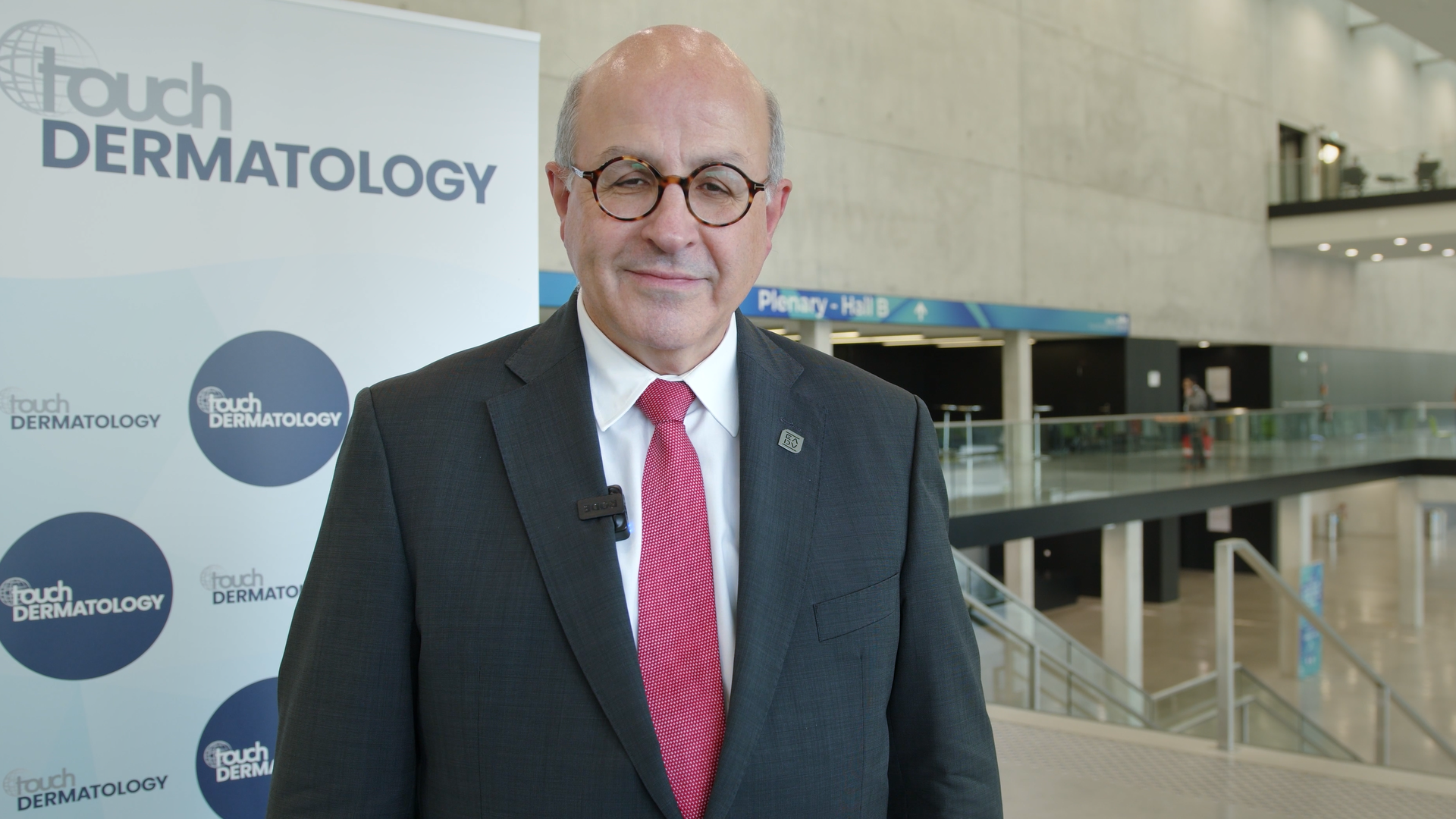Hidradenitis suppurativa
An Introduction to Hidradenitis suppurativa
Hidradenitis suppurativa (HS), also known as acne inversa, is a chronic skin condition characterized by painful, recurrent nodules and abscesses that form in areas where skin rubs together, such as the armpits, groin, buttocks and under the breasts. It primarily affects hair follicles and sweat glands, leading to inflammation, scarring and the formation of tunnels under the skin known as sinus tracts. The exact underlying cause of hidradenitis suppurativa is unknown, although research suggests that there may be an association between HS development and hormones, genetics, smoking or excess weight. This condition can significantly impact a person’s quality of life, causing pain, discomfort and potential emotional distress due to the visibility of the lesions. The management of hidradenitis suppurativa involves a combination of medical treatments such as antibiotics, anti-inflammatory drugs and biologics. Surgical interventions may be considered to drain abscesses, remove scar tissue or excise affected areas. Lifestyle changes, weight management and maintaining good hygiene can also help alleviate symptoms. Improvements in diagnosis times and further research are essential in providing better support and treatment options for individuals living with hidradenitis suppurativa.






